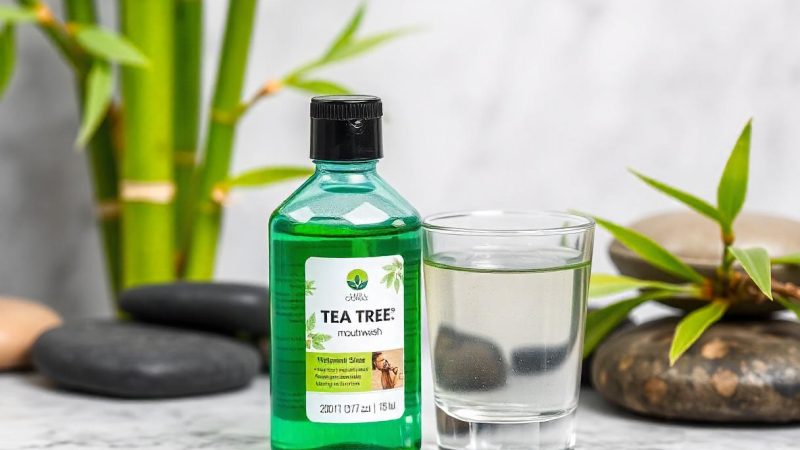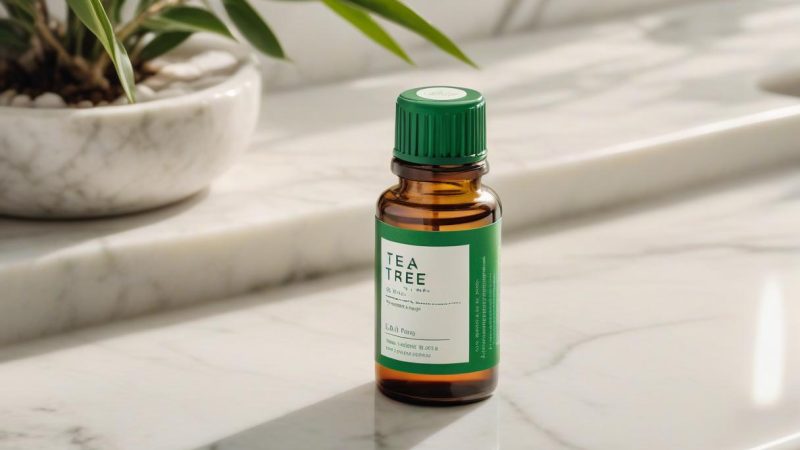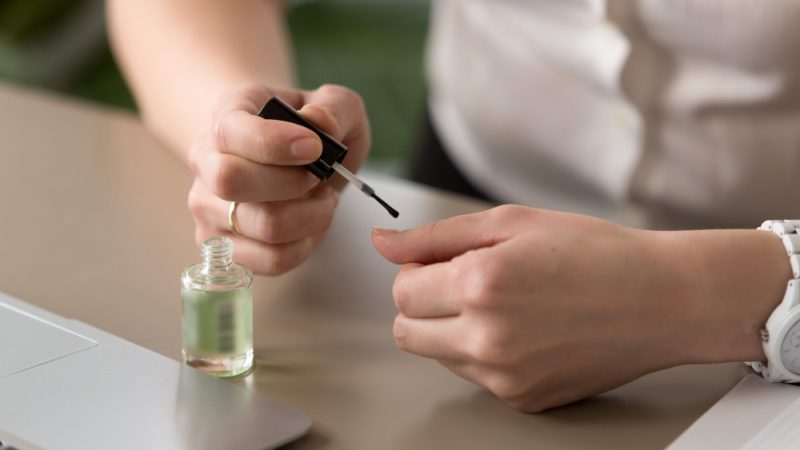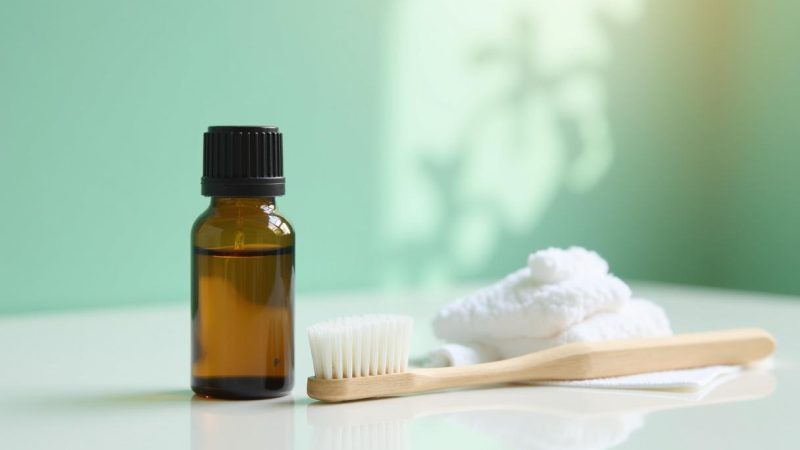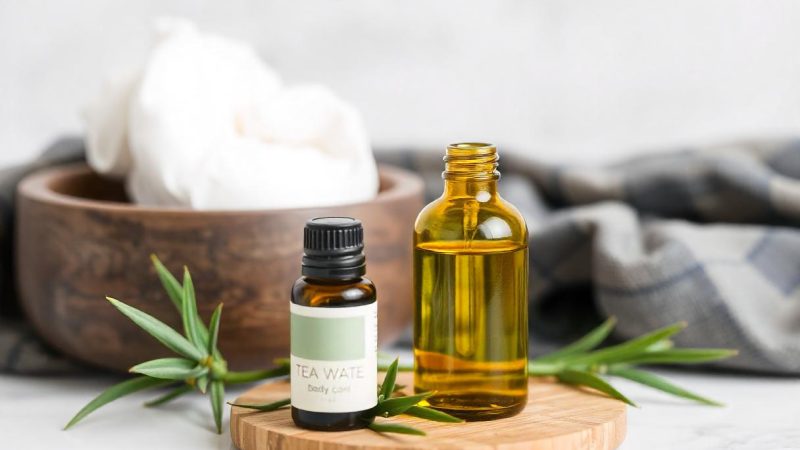Tea Tree Oil as an Antiseptic: Treat Minor Cuts and Scrapes Effectively
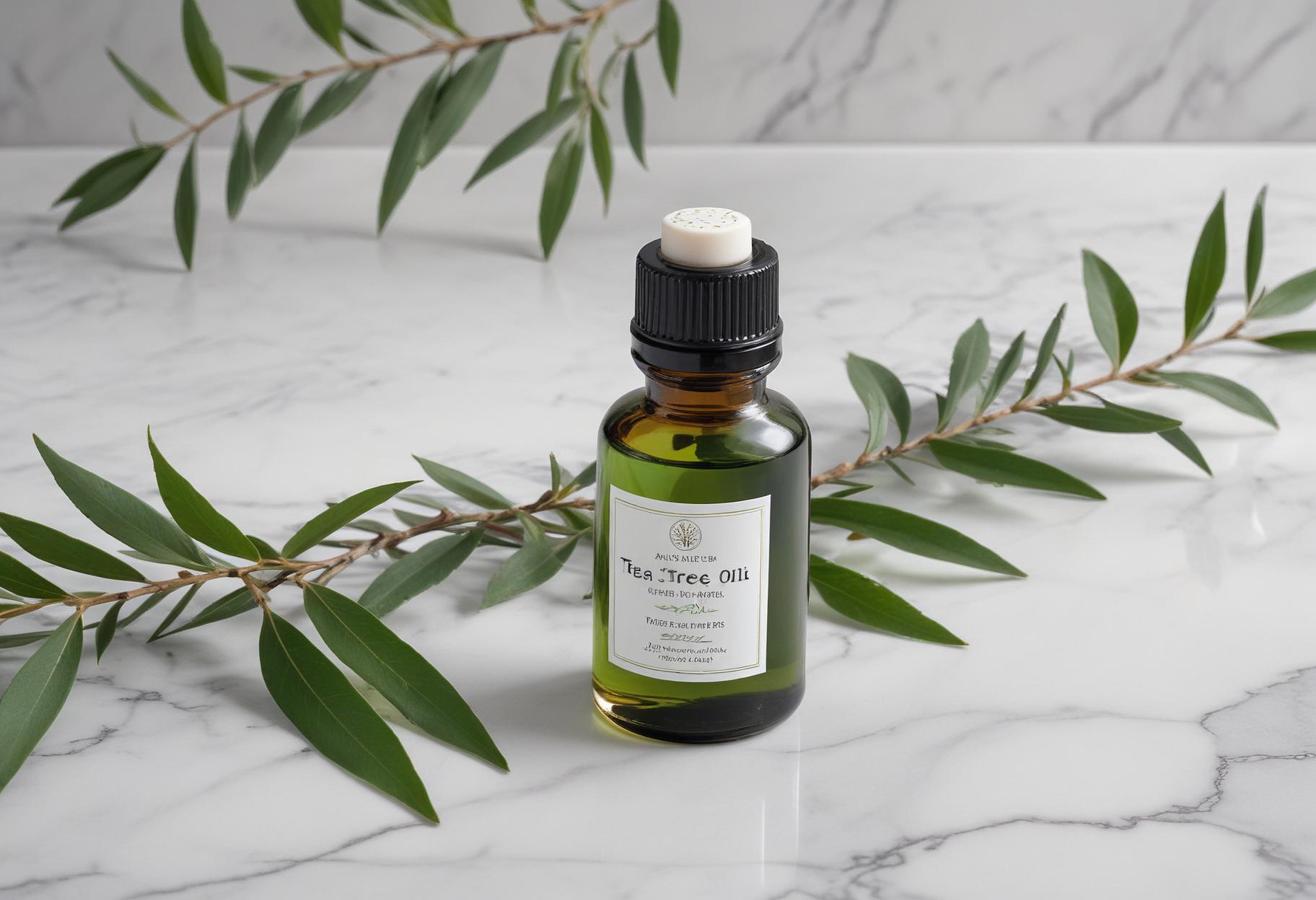
Tea tree oil, derived from the Melaleuca alternifolia tree, is celebrated for its potent antiseptic properties. It has long been used in traditional medicine and is increasingly recognized for its effectiveness in modern wound care. This article delves into how tea tree oil can be used to treat minor cuts and scrapes, highlighting its mechanism of action, benefits, and safety considerations.
How Tea Tree Oil Works as an Antiseptic
- Antimicrobial Properties
Tea tree oil is renowned for its broad-spectrum antimicrobial activity, which includes antibacterial, antifungal, and antiviral effects. The primary active compound in tea tree oil, terpinen-4-ol, is particularly effective against a range of pathogens that can infect minor wounds.
Antibacterial Action: Tea tree oil has been shown to inhibit the growth of various bacteria, including Staphylococcus aureus (S. aureus), a common pathogen responsible for skin infections. Studies, such as those published in Clinical Microbiology Reviews, have demonstrated tea tree oil’s efficacy in disrupting bacterial cell membranes and preventing their proliferation.
Source: Clinical Microbiology Reviews. (2006). Antimicrobial properties of tea tree oil and its clinical applications.
- Anti-Inflammatory Effects
In addition to its antimicrobial properties, tea tree oil possesses anti-inflammatory effects. Inflammation is a natural response to injury, but excessive inflammation can hinder the healing process and cause discomfort. Tea tree oil helps reduce redness, swelling, and pain in minor wounds, facilitating a more comfortable healing experience.
Source: The Journal of Dermatology. (2000). Anti-inflammatory effects of tea tree oil in skin conditions.
Benefits of Using Tea Tree Oil for Minor Cuts and Scrapes
- Effective Disinfection
Tea tree oil’s ability to kill bacteria and fungi makes it an excellent choice for disinfecting minor cuts and scrapes. By applying tea tree oil, you can reduce the risk of infection and support the body’s natural healing processes.
- Promotes Faster Healing
By controlling bacterial growth and reducing inflammation, tea tree oil can promote faster healing of minor wounds. Research published in Phytotherapy Research indicates that tea tree oil accelerates wound closure and improves the quality of newly formed tissue.
Source: Phytotherapy Research. (2006). Enhancing wound healing with tea tree oil.
- Reduces the Risk of Infection
Tea tree oil’s antimicrobial properties help prevent infections in minor wounds. This is particularly important for cuts and scrapes that are prone to bacterial contamination, especially in environments where hygiene may be compromised.
- Non-Irritating and Skin-Friendly
When used in appropriate concentrations, tea tree oil is generally well-tolerated by the skin. Unlike some chemical antiseptics that can cause irritation or dryness, tea tree oil can offer a gentler alternative for those with sensitive skin.
Source: Journal of Dermatological Treatment. (2005). Tea tree oil: A comprehensive review of its dermatological applications.
How to Use Tea Tree Oil for Minor Cuts and Scrapes
- Diluted Application
Tea tree oil should be diluted before application to avoid skin irritation. A common dilution ratio is 1-2 drops of tea tree oil mixed with a carrier oil, such as coconut oil or olive oil.
How to Use:
- Mix 1-2 drops of tea tree oil with 1 tablespoon of carrier oil.
- Clean the cut or scrape with mild soap and water.
- Apply the diluted tea tree oil mixture to the wound using a sterile cotton swab or pad.
- Cover with a clean, non-stick bandage if necessary.
- Reapply 1-2 times daily, especially after cleaning the wound.
- Tea Tree Oil and Aloe Vera Gel
Combining tea tree oil with aloe vera gel can enhance its soothing and healing effects. Aloe vera is known for its anti-inflammatory and skin-repairing properties.
How to Use:
- Mix 5 drops of tea tree oil with 2 tablespoons of aloe vera gel.
- Apply the mixture to the cleaned wound and let it dry.
- Cover with a sterile bandage if needed.
- Use this treatment 1-2 times daily to promote healing.
- Tea Tree Oil and Honey
Honey is another natural remedy with wound-healing properties. Combining it with tea tree oil can provide additional antimicrobial and healing benefits.
How to Use:
- Mix 1 tablespoon of honey with 2-3 drops of tea tree oil.
- Apply the mixture to the wound and cover with a clean bandage.
- Change the dressing and reapply the mixture 1-2 times daily.
Safety and Precautions
- Dilution is Essential
Tea tree oil is highly concentrated and should always be diluted before applying to the skin. Using undiluted oil can cause irritation or allergic reactions. Perform a patch test on a small area of skin to check for any adverse reactions before broader application.
- Avoid Sensitive Areas
Do not apply tea tree oil to sensitive areas or large, deep, or severely infected wounds. It is best used for minor cuts and scrapes. For more severe injuries or signs of infection, consult a healthcare provider.
- Consult a Healthcare Provider
If you have sensitive skin, allergies, or underlying health conditions, consult a healthcare provider before using tea tree oil. This is especially important if you plan to use it frequently or if you have any concerns about its suitability for your condition.
Final Thoughts
Tea tree oil is a versatile and effective antiseptic for treating minor cuts and scrapes. Its antimicrobial and anti-inflammatory properties make it a valuable addition to first-aid routines. By following proper dilution guidelines and safety precautions, you can utilize tea tree oil to enhance wound care and support faster healing.
Incorporating tea tree oil into your wound care regimen can help prevent infection, reduce inflammation, and promote quicker recovery, making it a practical and natural choice for minor injuries.
Sources:
- Clinical Microbiology Reviews. (2006). Antimicrobial properties of tea tree oil and its clinical applications.
- The Journal of Dermatology. (2000). Anti-inflammatory effects of tea tree oil in skin conditions.
- Phytotherapy Research. (2006). Enhancing wound healing with tea tree oil.
- Journal of Dermatological Treatment. (2005). Tea tree oil: A comprehensive review of its dermatological applications.

